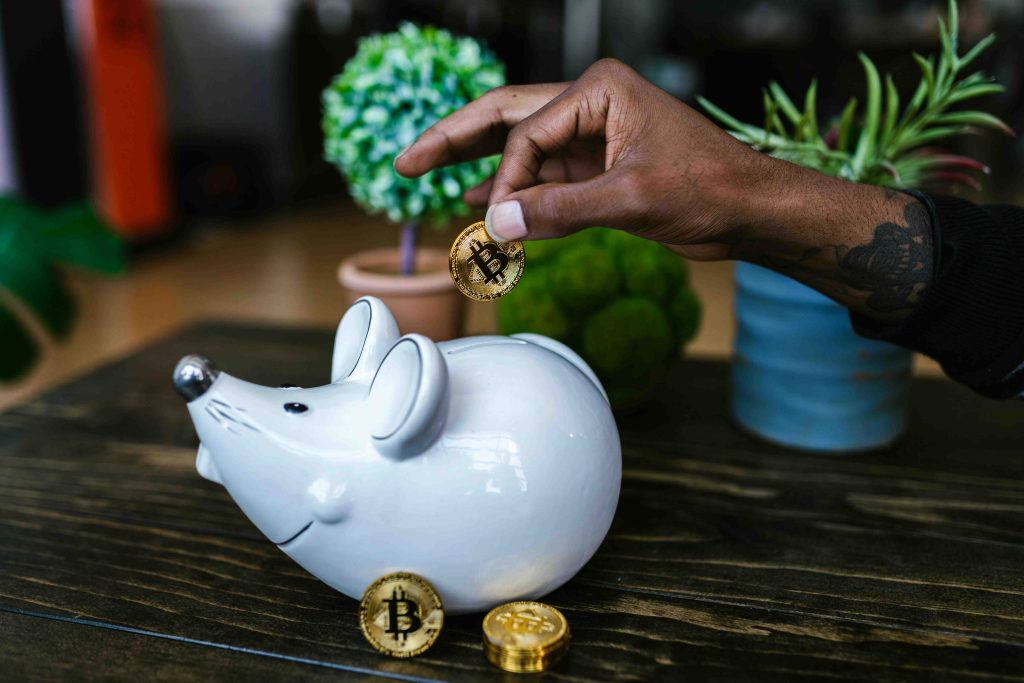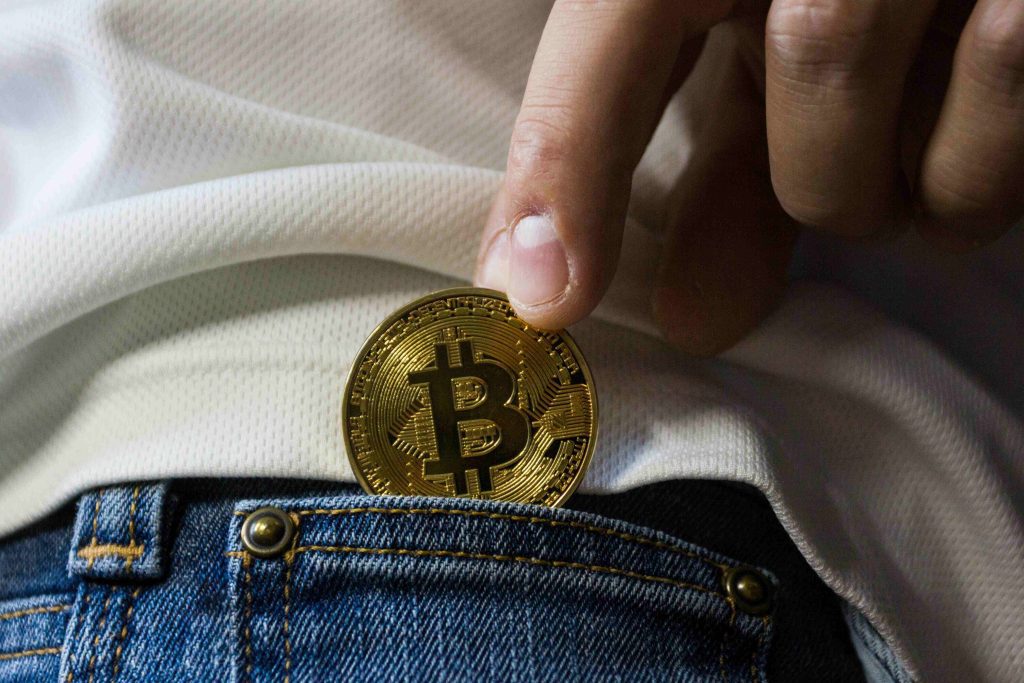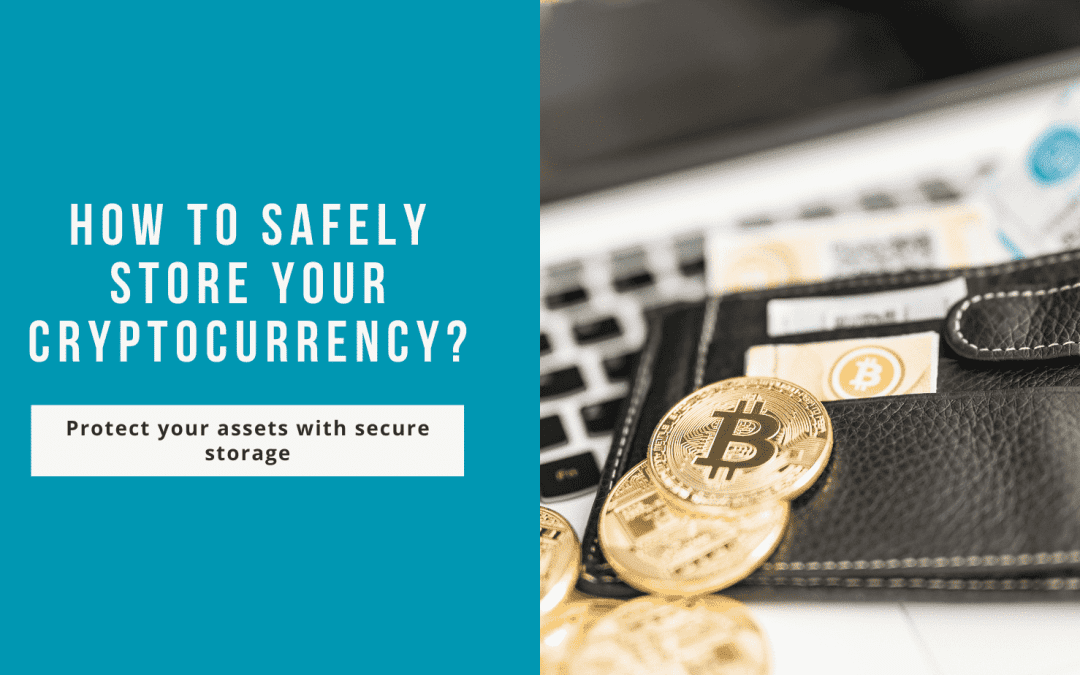Entering into the world of cryptocurrencies? Learning how to store your cryptocurrency assets safely. This article will guide you in starting with the basics of crypto wallets, how they work, and finally, steps leading to having one up and running. You will also know how to transfer crypto between wallets and from exchanges.
Understanding Crypto Storage
Many new folks get confused about where it is exactly that the cryptocurrencies are stored. They are usually asked whether a coin or token is stored in an exchange or a wallet. In reality, however, most often cryptocurrencies are stored on the blockchain – a decentralized digital ledger kept on many computers scattered all around the world.

What Do Crypto Wallets Hold?
Crypto wallets are essentially there to store your cryptocurrency’s public and private keys. You can consider a public key as being similar to a bank account number. It is through this that people can send cryptocurrency into your wallet. The private key or seed phrase, however, serves as a sort of password to unlock your funds. Of course, keeping your private key safe would ensure that someone possessing your private key cannot access your crypto assets.
Meaning of Seed Phrase
Your wallet creates a seed phrase, which is typically between 12 to 24 words in length. This is how you’ll recover your wallet if you lose it. Importantly, this should be written out on paper to be kept safe from computerization, where it could be hacked. Many users opt for the use of metal seed phrase storage plates that would be able to protect them from damage by fire or water.
What If You Lose Your Seed Phrase?
If you lose your seed phrase, then you lose access to your wallet and funds. In the crypto world, there is no “forgot password.” So, seed phrase storage has to be taken with a great deal of seriousness.
Types of Crypto Wallets
There are mainly two types of crypto wallets to store your cryptocurrency: hot wallets and cold wallets.
Hot Wallets
Hot Wallets Hot wallets are connected to the internet through software. They are easy to install and set up; hence, newbie users go for them readily. However, they are susceptible to hacking because they are always connected to the internet.
Cold Wallets
On the other hand, there are cold wallets. These are hardware devices that actually store your cryptocurrency private keys offline, providing enhanced security. Not as convenient as hot wallets, and certainly come at a cost.

The Risks of Storing Crypto on Exchanges
For those just finding out about crypto, most store their crypto on exchange sites, be it Coinbase or Binance for convenience. Following are the risk storing crypto in exchanges:
- Exchanges control your private keys: When you sign up, you don’t get your own private keys – the exchange holds them for you. This means they control your coins.
- Risk of hacks: Exchanges are prime targets for hackers. If they’re able to breach security, they can drain wallets containing users’ funds. Many exchanges have suffered large hacks over the years.
- Exchange insolvency: Exchanges are also at risk of going bankrupt or shutting down abruptly. If they disappear, you have no way to access your coins without private keys or store your cryptocurrency.
- Regulation changes: Crypto regulations differ globally. Exchanges may suddenly ban users from certain areas, locking them out of accessing your assets.
- System glitches: Operational or technical errors on an exchange’s platform could potentially lead to temporary or permanent loss of access and funds.
- Less ownership: Unlike holding your own private keys in a non-custodial wallet, you have less true ownership and control of keeping coins on an exchange long-term.
For long-term storage, it’s safer to withdraw funds to a hardware or paper wallet where you control the private keys, not an exchange. But exchanges are fine for short-term trading and purchases.
How to Store Your Cryptocurrency?
With the types of wallets and their importance in view, let’s get into the process of setting up a crypto wallet to store your cryptocurrency. This tutorial is on how to set up a software wallet. Trust Wallet is the best crypto wallet for beginners that you can use to support most cryptocurrencies.
How to Set Up Trust Wallet
- Go to trustwallet.com where you can download the app. It can also be installed as a browser extension.
- Launch the app and tap on “Create a New Wallet.”
- Pick a safe password to unlock your wallet.
- Give a backup of your secret recovery word in sequential order by noting it. Confirm it by selecting each word in its appropriate order
Well done! You have now created a crypto wallet.
Transferring Crypto between Wallets
Now that you have set up your wallet to store your cryptocurrency, you will find that there is a point when you wish to send crypto into another wallet. You can do that as shown below.
Transferring Crypto into Another Wallet
- Open the Trust Wallet app and tap “Receive.” Choose the cryptocurrency you’re getting and copy your wallet’s public address.
- Open the wallet from which you’re sending the crypto, select the cryptocurrency, tap “Send,” and paste your Trust Wallet address.
- Choose how much you want to send and confirm the transaction.
Sending Crypto from an Exchange:
In case you are transferring crypto from an exchange to your wallet follow these steps:
- Log in to your exchange account
- Select the cryptocurrency you want to send
- Tap on the “Send” button, and then paste your wallet’s public address with the confirmation of the transaction.
Best Practices for Crypto Security
Protecting your cryptocurrency requires taking proactive steps to secure your crypto wallet and assets from theft and loss. Here are some best practices for staying secure and store your cryptocurrency:
- Use a strong, unique password for your crypto exchange/wallet and enable two-factor authentication for an added layer of security.
- Only connect to the internet using protected, trusted networks. Avoid public WiFi networks which could be hacked.
- Enable hardware best crypto wallet for beginners connectivity if available. Hardware wallets like Ledger and Trezor provide an offline “cold storage” option for extra protection.
- Never share or store your private keys/recovery seed anywhere online. Keep these private details secured offline on paper or metal backup only.
- Enable transaction confirmation emails from exchanges for monitoring. Be wary of unrecognized logins or withdrawals.
- Store your cryptocurrency or long-term holding funds in a non-custodial wallet where you control the private keys rather than leaving coins on an exchange.
- Regularly backup your wallet recovery seed/private keys and store copies securely in separate physical locations in case of data loss.
- Be wary of phishing scam websites or emails posing as cryptocurrency services. Do not click links or enter private details.
Following these best practices reduces the risk of hackers accessing accounts or funds being lost due to exchange failure or theft. Security should be the top priority with cryptocurrency assets.

Common Crypto Scams to Avoid
Be aware of any scam that could threaten your assets as you navigate the crypto landscape. Take necessary caution to prevent any platform or transaction before you store your cryptocurrency in wallets.
Pump and Dump Schemes
Scammers buy a low-value coin and then promote it heavily to inflate the price. Once it starts rising, they sell for profits, crashing the price and leaving others with losses.
Fake Customer Support
Scammers pose as support from major exchanges to steal login credentials. Never share private keys or wallet passwords with anyone claiming to be support.
Guaranteed High Returns
Messages promising large returns or guaranteed high yields are usually just fronts for stealing funds. Returns are never guaranteed.
Special Offers
Be wary of messages promoting “special offers” or investment opportunities on social media. These could be scams designed to steal your money.
Do Your Homework
Research any coin, platform, or transaction thoroughly before you store your cryptocurrency. Use only trusted exchanges. Be skeptical of anything sounding too good to be true.
Staying Vigilant
With care and caution, you can avoid falling victim to crypto scams. Vet all platforms and transactions carefully to protect your assets.
Conclusion
Setting up a crypto wallet to store your cryptocurrency is an important milestone in the cryptocurrency journey. Once you understand how wallets work, know the security surrounding private keys and how to manage your assets, you can move into hot wallets for convenience and into cold wallets if and when you need to be secure with your money.
You May Like: Top 10 Cryptocurrency Business Ideas for 2024
You May Also Like: Everything You Need to Know About Starting a Crypto Business

